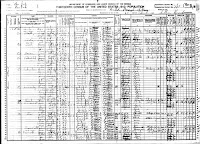Naso 2017
This week’s parasha Naso contains (among other ideas) more on the census, laws of the Nazarite vows, the priestly blessing, and laws of some sacrifices or offerings. The priestly blessing is what we use as part of the hazzan’s repetition of the Amidah and the Kohanim (priests) say it one Yom Tov (Ashkenazi diaspora minhag ) in front of the shul. The blessing asks God to bless us and make peace. The Nazirite takes a vow to not drink wine (or any grape product) or vinegar, not to shave or cut his hair and devote himself to the LORD. The management lesson is that humans are always dependent on God. The priestly blessing is like a crown on the sacred order of the Israelite world. The Israelites left Egypt, built the Tabernacle and now they are making the journey to the Land of Israel. The blessing for is for life, health, prosperity and peace. All important parts of successful human experience. No matter how hard we w...
